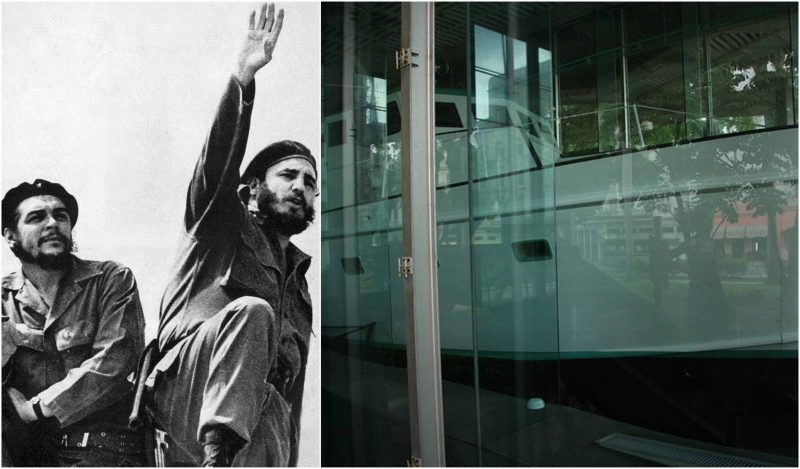On November 1956, Fidel Castro, Che Guevara, Camilo Cienfuegos, and Castro’s brother, Raul Castro, along with 80 other fighters, departed from the Mexican port of Tuxpan, Veracruz and headed to Cuba on the yacht “Granma.” The 60-foot (18 meters) diesel-powered cabin cruiser, originally designed for twelve people, brought the Cuban revolutionaries who overthrew the regime of Fulgencio Batista.
The cruiser was built in 1943, and it is said that it was originally named after the grandmother of the original owner. However, the revolutionaries called the yacht simply “Granma,” as an affectionate term for a grandmother. The yacht was purchased only a month before the revolution, on the 10th October 1956. It was bought from the United States for MX$ 50,000 (US$15,000), through a gun dealer Antonio “The Friend” del Conde from Mexico City.
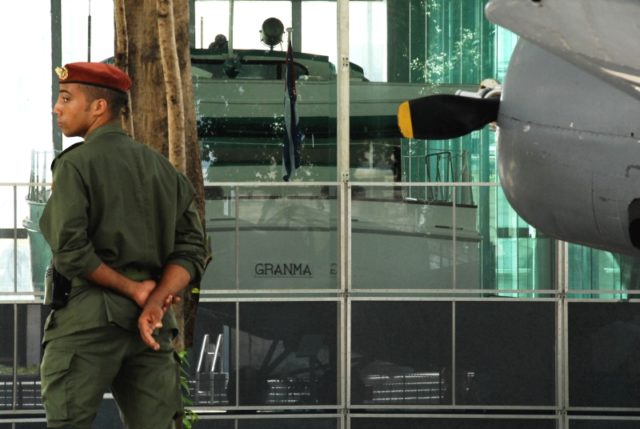
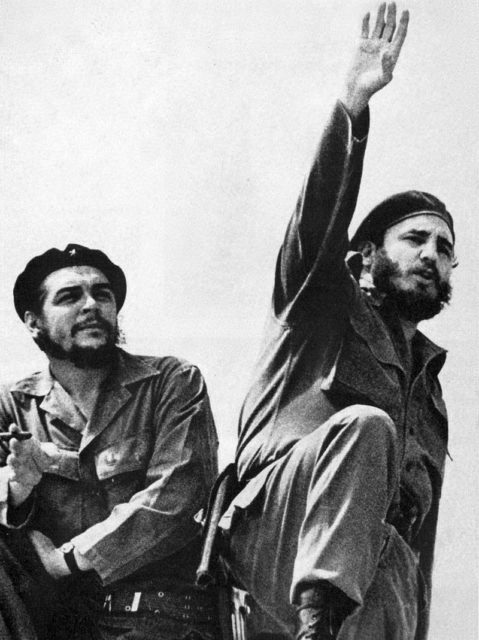
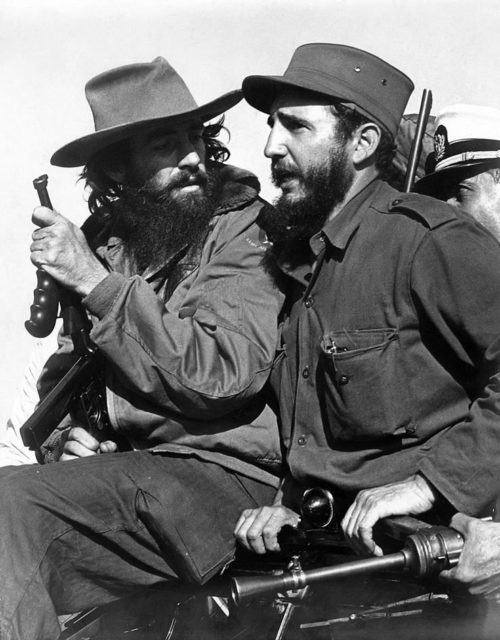
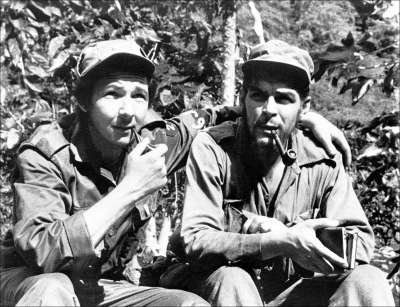
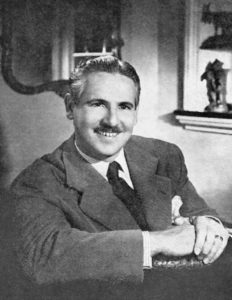
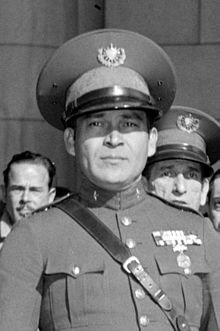
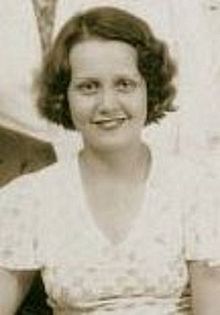
Castro’s initial plan for crossing the Gulf of Mexico was to purchase a US naval crash rescue boat or a Catalina flying boat maritime aircraft. However, he wasn’t able to realize his idea due to the lack of funds. The money for the “Granma” yacht was donated to the revolution by the former Cuban President Carlos Prío Socarrás and Teresa Casuso Morín, a prominent Cuban intellectual, and writer, who fought for freedom and democracy in Cuba.
The Cuban Revolutionaries, later known as “Los expedicionarios del yate Granma” (“The Granma yacht expeditioners”) set out from Tuxpan shortly after midnight, on the 25th November. For more than a week, the members of the expedition experienced sea-sickness, diminishing supplies, and a leaking craft until the 2nd December, when the 82 revolutionaries arrived on Playa Las Coloradas, municipality of Niquero, today known as Granma Province. The location was chosen by the Cuban national hero, Jose Marti.
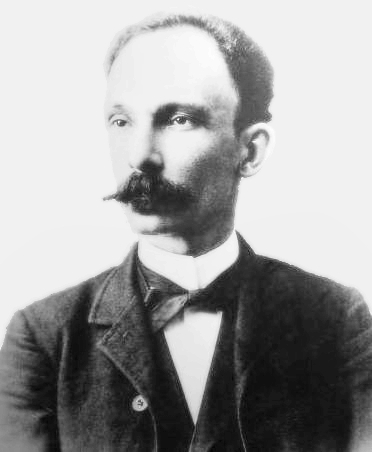
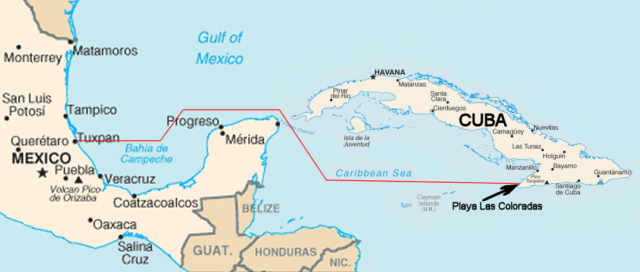
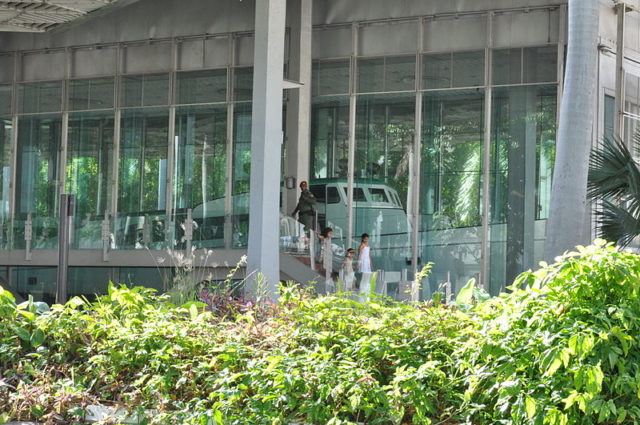
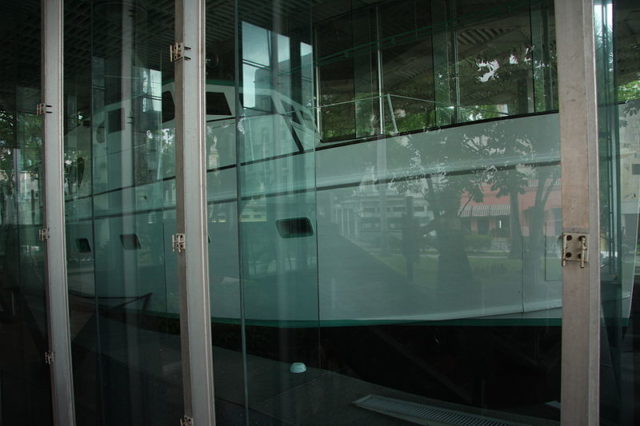
The site was chosen by the Cuban national hero, Jose Marti. He had landed at the very same location 61 years earlier, during the independence wars from the Spanish colonial rule. The yacht was navigated by Castro’s ally and the Cuban Navy veteran, Norberto Collado Abreu.
Here’s what Che Guevara has written about the landing: “We reached solid ground, lost, stumbling along like so many shadows or ghosts marching in response to some obscure psychic impulse. We had been through seven days of constant hunger and sickness during the sea crossing, topped by three still more terrible days on land. Exactly ten days after our departure from Mexico, during the early morning hours of December 5th, following a night-long march interrupted by fainting and frequent rest periods, we reached a spot paradoxically known as Alegría de Pío (Rejoicing of the Pious)”. Ernesto “Che” Guevara (World Leaders Past & Present) by Douglas Kellner, 1989, Chelsea House Publishers, pg 40.
After the triumph of the revolution on 1st January 1959, the yacht was transferred to Havana Bay and its pilot, Norberto Collado Abreu, got the job of guarding and preserving the cabin cruiser. Since 1976, the “Granma” is on permanent display in a glass enclosure at the Granma Memorial adjacent to the Museum of the Revolution in Havana.
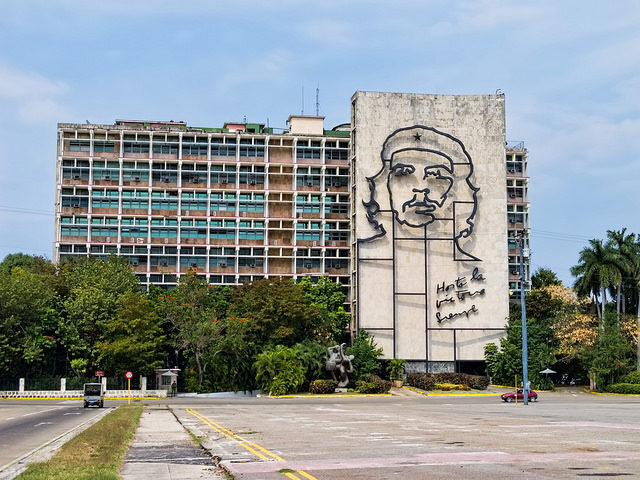
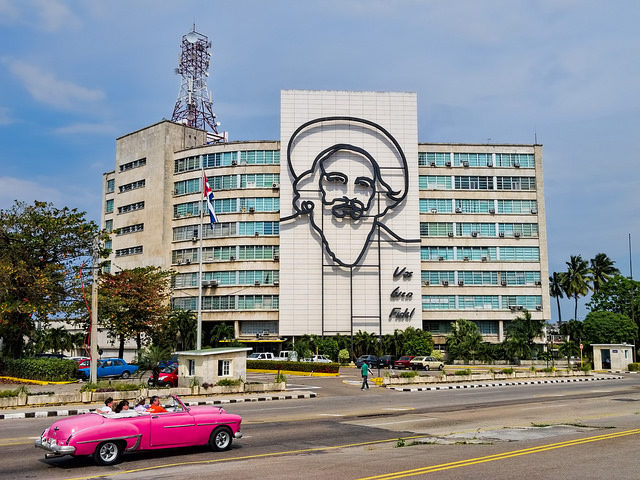
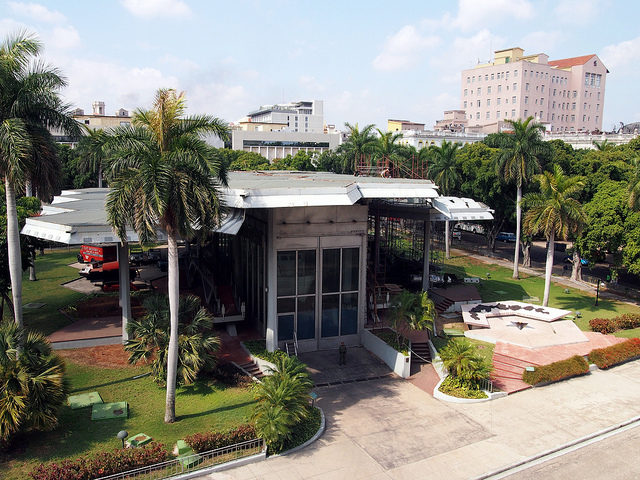
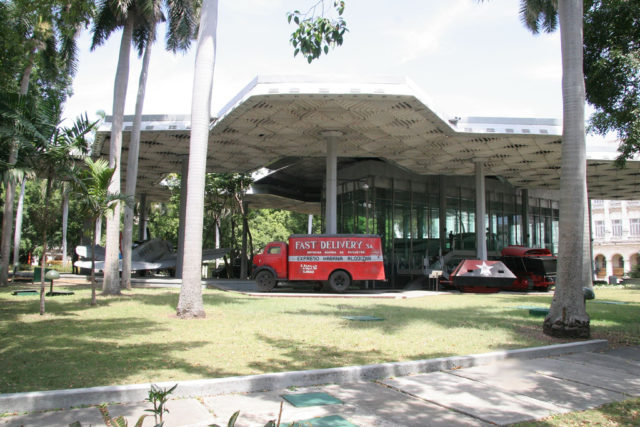
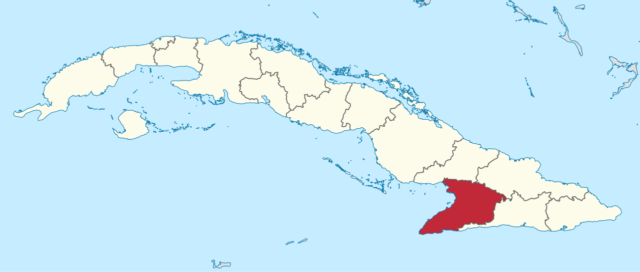
The location of the Granma landing, Playa Las Coloradas, was declared “Granma National Park,” a World Heritage Site by UNESCO, for its natural habitat.
Read another story from us: CIA attempted to assassinate Fidel Castro on 638 occasions
On 2nd December, when Cuba celebrates the “Day of the Cuban Armed Forces,” a replica of the vessel has been paraded at state functions to commemorate the original revolutionary voyage. Granma is also the official newspaper of the Central Committee of the Cuban Communist Party. As a matter of fact, the name has become an icon of the Cuban communism.
